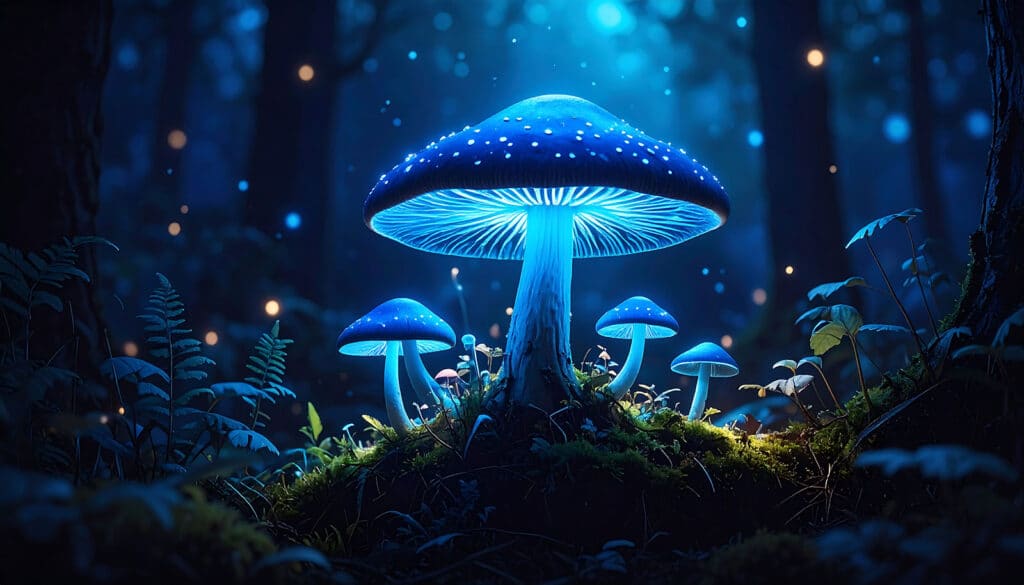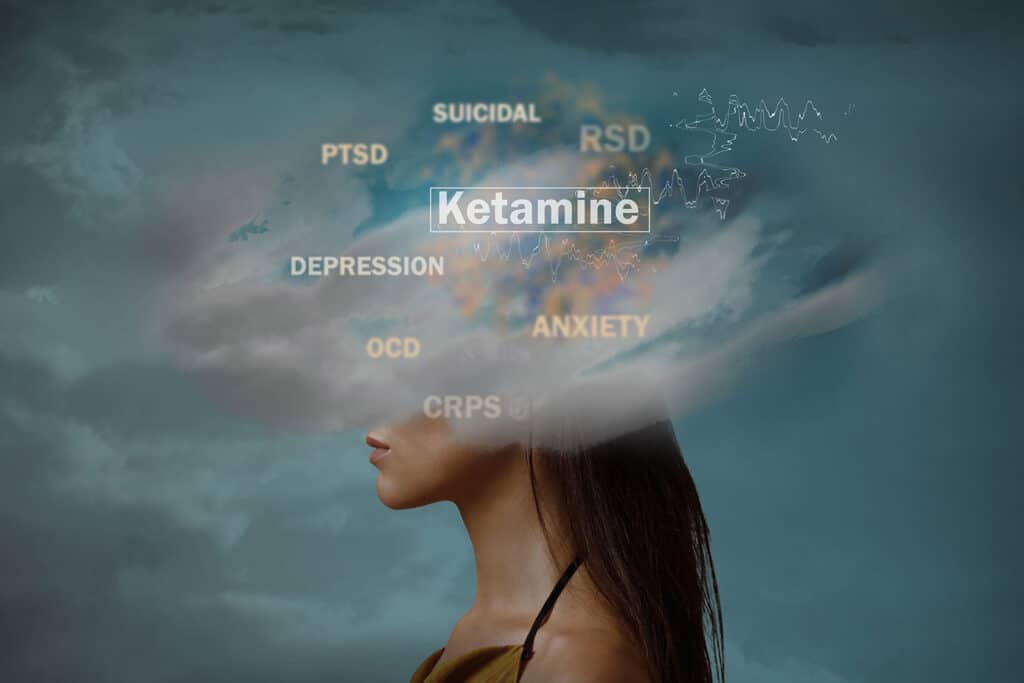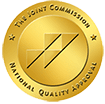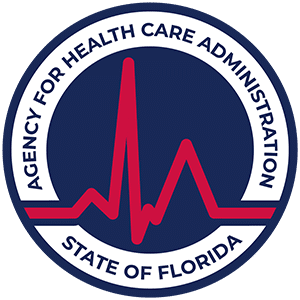A Guide to the Timeline, Peak Effects, and Mental Health Considerations of Psilocybin Use
Magic mushrooms, also known as shrooms or psychedelic mushrooms, contain the psychoactive compounds psilocybin and psilocin, which are responsible for their hallucinogenic effects. These substances alter perception, mood, and cognition, making them popular for both recreational and experimental mental health use. Understanding when shrooms peak can help individuals anticipate the experience and minimize risks such as a bad trip or psychological distress.
Onset and Peak Effects of Shrooms
The onset of effects typically begins 20 to 60 minutes after ingestion, depending on several factors including body weight, individual metabolism, whether the mushrooms were taken on an empty or full stomach, and the mushroom species (with Psilocybe cubensis being one of the most common).
Shrooms usually reach their peak effects around 90 minutes to 2 hours after ingestion. During this time, users may experience intense visual and auditory hallucinations, distortions in the sense of time and space, and altered states of consciousness. Higher doses lead to stronger psychedelic effects, while a low dose might result in more manageable sensory changes and mood elevation.
Physical and Psychological Effects
Physical effects of shrooms include increased heart rate, elevated blood pressure, nausea, and pupil dilation. The psychological and hallucinogenic effects can vary widely but often include:
- Altered perception of time
- Intense emotions
- Auditory hallucinations
- Visual distortions
- Feelings of interconnectedness or ego dissolution
In some cases, especially with high doses or underlying mental health conditions, users may experience anxiety, paranoia, or psychosis. A “bad trip” can involve overwhelming fear, disturbing thoughts, or confusion. These effects usually subside during the comedown, which occurs 4 to 6 hours after ingestion, though the total duration of a psychedelic experience may last up to 8 hours.
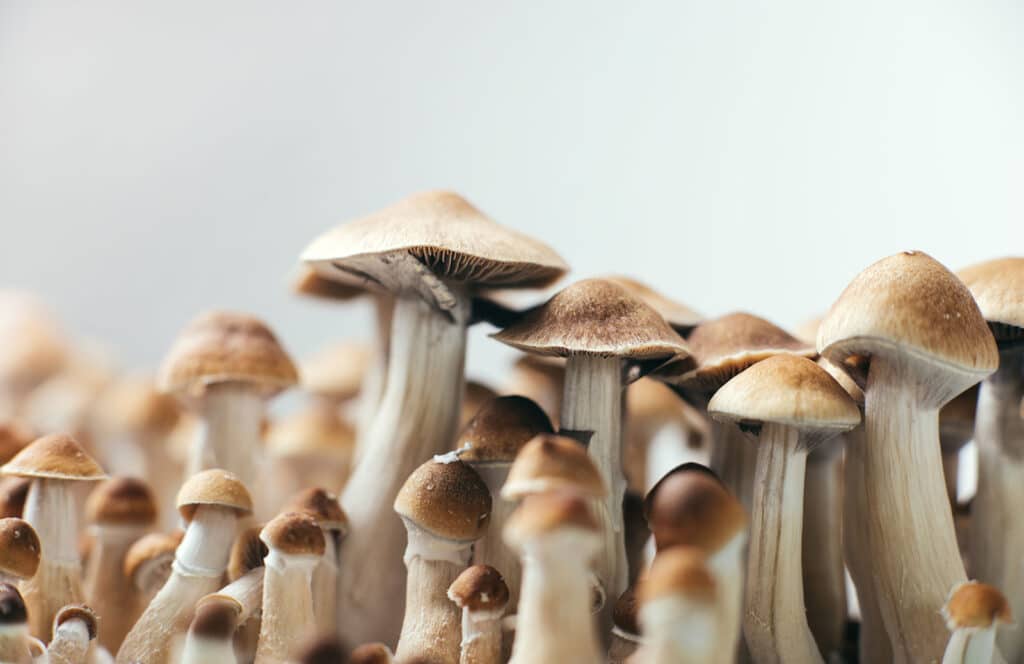
Risks and Mental Health Considerations
While psilocybin mushrooms are not physically addictive and typically do not cause withdrawal symptoms, repeated use can lead to psychological dependence. For individuals with existing mental health issues or a family history of psychosis, the use of psychedelic drugs can trigger or exacerbate symptoms.
Flashbacks or Hallucinogen Persisting Perception Disorder (HPPD) can occur in rare cases, leading to recurring visual disturbances long after the trip ends. Additionally, although uncommon, individuals with substance use disorders may misuse magic mushrooms alongside other substances such as opioids.
Safety, Testing, and Treatment Options
Shrooms are not typically screened for in standard drug tests like urine tests or blood tests, but psilocybin can be detected in hair follicle tests in some cases. If you or a loved one experiences lingering psychological effects or problematic substance use, reaching out to a treatment center or seeking professional healthcare support is essential.
Mental health support, behavioral therapy, and addiction treatment can help mitigate the long-term effects of mushroom use and promote well-being. For first-time users, a controlled setting and support system can help reduce the risk of a bad trip and encourage a more positive psychedelic experience.
Conclusion
Understanding when shrooms peak—and the associated effects of psilocybin—is crucial for safe and informed use. While many report spiritual or therapeutic benefits, the potential side effects, especially on mental health, should not be underestimated. With proper education, responsible use, and access to healthcare when needed, individuals can better navigate the complex experience of psychedelic mushrooms.





